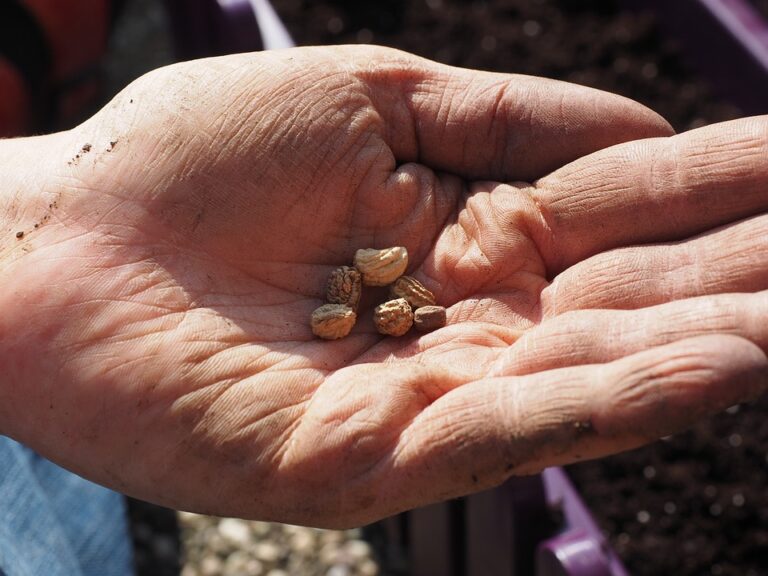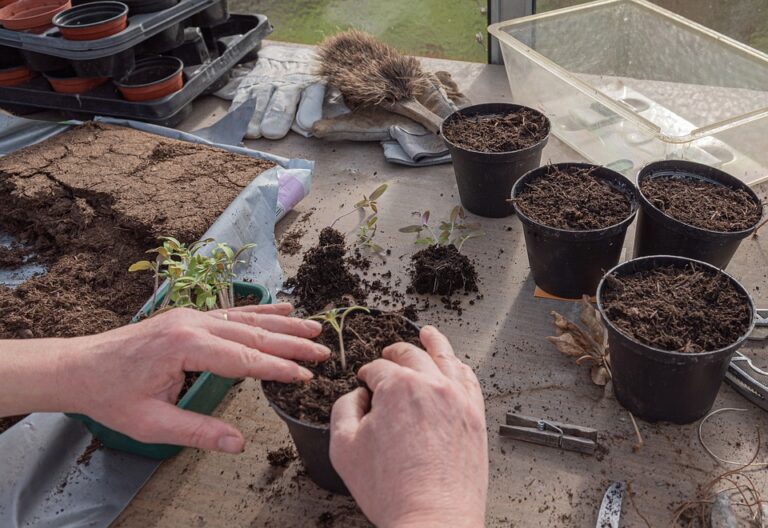The Impact of Technology on 16th Century Agricultural Production
Introduction
The 16th century was a period of significant technological advancements that revolutionized the way agriculture was practiced. The introduction of new tools and techniques helped increase agricultural productivity, leading to higher yields and improved food security. In this article, we will explore the role of technology in 16th century agricultural production and its impact on society.
The Plow
One of the most important advancements in 16th-century agriculture was the development of the plow. The plow was used to turn over the soil, allowing for better aeration and nutrient absorption by the crops. This led to increased yields and improved soil quality. The plow was typically drawn by horses or oxen, making it easier for farmers to till the land quickly and efficiently.
Irrigation Systems
Another significant technological advancement in 16th-century agriculture was the development of irrigation systems. Irrigation allowed farmers to bring water to their fields, even in areas with limited rainfall. This enabled them to grow crops year-round and increase their overall productivity. Irrigation systems were typically made of trenches, ditches, and canals that transported water from nearby rivers or lakes to the fields.
The Seed Drill
The seed drill was another important technological advancement in 16th-century agriculture. Before the seed drill, seeds were typically sown by hand, leading to uneven spacing and lower yields. The seed drill allowed farmers to plant seeds in rows at a consistent depth, leading to higher yields and more efficient use of land. This technology revolutionized agriculture and helped lay the foundation for modern farming practices.
The Horse Collar
The development of the horse collar was another key technological advancement in 16th-century agriculture. Before the horse collar, farmers used a neck yoke to harness horses to plows and carts. However, the neck yoke put pressure on the animal’s windpipe, making it difficult for the horse to breathe and causing discomfort. The horse collar distributed the weight evenly across the horse’s shoulders, making it easier for them to pull heavy loads and work for longer periods of time.
The Impact on Society
The technological advancements in 16th-century agriculture had a profound impact on society. The increased productivity and efficiency of farming practices led to higher yields and improved food security. As a result, populations grew, and people were able to focus on other professions besides farming. This specialization of labor led to the development of towns and cities and the growth of trade and commerce.
Conclusion
In conclusion, the role of technology in 16th-century agricultural production cannot be overstated. The advancements in tools and techniques revolutionized the way farming was practiced, leading to higher yields, improved soil quality, and increased food security. The introduction of the plow, irrigation systems, seed drills, and horse collars transformed agriculture and laid the foundation for modern farming practices. These technological advancements had a profound impact on society, leading to the growth of populations, towns, and cities. Overall, technology played a crucial role in shaping the agricultural practices of the 16th century and beyond.





